(LĐXH) - Statistics show that for the first time, Ho Chi Minh City is no longer an ideal destination for immigrants when in 2023 only about 65,000 people came to settle down, a decrease of more than half compared to previous years.
The decline in immigration poses a dilemma for the city.
Is Ho Chi Minh City still the "promised land"?
In fact, the number of immigrants to Ho Chi Minh City in 2024 is no more than in 2023. Many business owners said that they went to many localities in the Central, Northern and Mekong Delta regions to recruit workers, but the results were not very positive, when the number of recruited workers only met less than 50% of the demand.
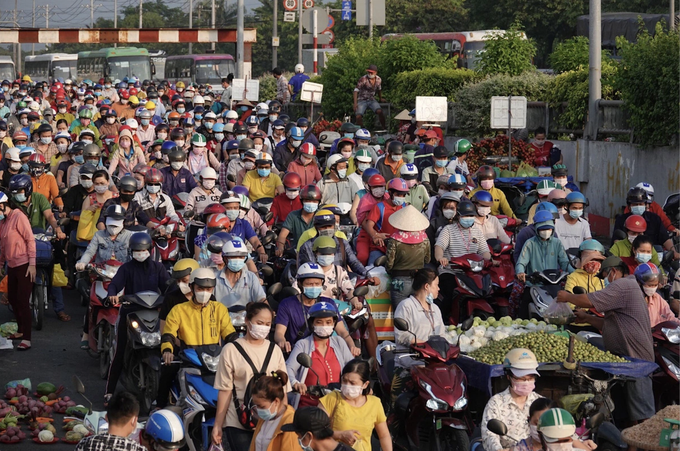
In addition, the number of immigrants participating in the informal economic sector is not as large as before. Some street vendors and lottery ticket sellers said that in the past 2 years, their compatriots are no longer interested in coming to Ho Chi Minh City to make a living, although earning a living in the city is quite stable, and the general standard of living is not inferior to before.
So, why is Ho Chi Minh City no longer the “top choice” for migrant workers like before? According to the analysis of Ms. Tran Thi Dieu Thuy, Vice Chairwoman of Ho Chi Minh City People’s Committee, there are a number of reasons why migrant workers leave the city and the number of new arrivals is quite small because most migrant workers send their children to the city to earn money and will return home when they have accumulated a little capital.
A favorable job is good, but if there is a change in employment, policies, or epidemics, they will immediately return to their hometowns. This is clearly shown when looking at the number of people receiving unemployment benefits in the past 2 years, when each year it reaches nearly 150,000 people.
The above factors can be considered the "last straw" that has caused more immigrants to leave in the past two years, but there are many other factors at play. Specifically, job opportunities are expanding in provinces with industrial parks and businesses investing. Localities also have many mechanisms and policies to attract workers to return.
According to Ms. Thuy, another important factor that makes workers leave is that the cost of living in Ho Chi Minh City is among the highest in the country. Therefore, a part of immigrants cannot bear it, they work without saving. Many people choose to return home, the income may not be high but the cost is low, they can be close to their children and take care of their family.
In particular, some surveys show that the factor of being close to family and relatives is more appreciated by workers after epidemics and natural disasters. This also contributes to motivating migrants to leave urban areas, including Ho Chi Minh City.
Good news but also worrying
In response to the news that the number of immigrants to the city has decreased, many positive opinions say that this is a good sign. First of all, this shows that the "monopoly" role in terms of job opportunities in Ho Chi Minh City is no longer maintained when many other provinces and cities have also developed rapidly, investing in many facilities to attract workers to "leave the city and return to the countryside".
Besides, regarding education, there are many schools in provinces and cities, it is not necessary to go to Ho Chi Minh City.

Regarding employment, industrial centers have opened across the country, especially in the Red River Delta with many large corporations. "Many provinces and cities have "cleaned their nests" very well to welcome "eagles". For example, Binh Duong, Dong Nai, Ba Ria - Vung Tau provinces also have no shortage of jobs in industry, services... and the cost of living is more affordable.
Along with that, there are also opinions that this is the development cycle of a city, it will be an opportunity for Ho Chi Minh City to regulate, redistribute population, build new, arrange, clear... so that the city's architecture has a modern, civilized appearance. This is also an opportunity to gradually move labor-intensive industries out of the city, leading to a decrease in low-skilled labor.
On the other hand, the city should prioritize high-tech, high-skilled industries. Workers will have high incomes and thus increase the demand for apartments with good living conditions. This is an inevitable trend when the city shifts its production structure to high-skilled industries.
However, from a practical perspective, a city leader said that the fact that immigrant workers are leaving the city and the number of new immigrants is decreasing sharply is a matter of concern, because Ho Chi Minh City cannot be without immigrants for a day.
They come here to seek opportunities for themselves and at the same time contribute to the development of the city. If we count from the renovation (1986) until now, nearly 40 years, immigrants have been a great driving force to help the city become what it is today.
Vice Chairwoman of the City People's Committee Tran Thi Dieu Thuy affirmed: "Any migrant from leading experts to delivery men, doing simple jobs, choosing the city to make a living, looking for a real job, we all acknowledge and welcome. For example, a skilled worker is working and needs to focus his time on his work.
However, at mealtime he has to go out, which will affect his work. At this time, the shipper is the support solution. The delivery person indirectly helps skilled workers to complete their work well. Therefore, both have contributed to the city and need to be recognized.
This city does not operate on a punctual basis, everyone goes to the office or factory, but that is only a part. Out there, there are hundreds of thousands of services that need millions of workers of all levels and backgrounds, supporting each other to develop together.
Must change to increase appeal
Looking at the process of industrial migration in the world, at some point, labor-intensive industries will leave cities or countries to make way for high-tech and technical industries. Ho Chi Minh City is no exception to that trend.
The city has anticipated and calculated to accept this decline and is making efforts to create new attractions from the green economy, circular economy, digital economy, services, tourism, finance, and innovation. This will create new growth drivers with new industry groups where workers can only find the best development opportunities here.
However, the city leader also said that although it is creating new growth drivers and attracting new groups of workers, it does not mean that the city does not need simple workers. The city's view is to welcome all types of workers if the city still provides job opportunities and good income for everyone.
According to the growth scenario, in the period of 2025 - 2030, if Ho Chi Minh City wants to grow by more than 8% per year, it needs to add more than 1 million workers. Therefore, attracting immigrant workers is one of the vital issues for the city's economy.
According to Associate Professor, Dr. Nguyen Duc Loc, Director of the Institute for Social Life Research, to retain migrant workers, Ho Chi Minh City must accept facing many challenges as well as improving and changing many policies.
“For decades, Ho Chi Minh City has attracted migrant workers naturally, meaning that society has to regulate itself. However, the situation has changed a lot, the city needs to calculate selective attraction, hoping that who will come to the city and the city will bring them good things in terms of social security, health care, and education that other provinces and cities do not have,” said Mr. Loc.
Keeping immigrants in the city and attracting more requires efforts from the government, social community and businesses.
Bao Khanh
Labor and Social Newspaper Spring At Ty
Source: https://dansinh.dantri.com.vn/nhan-luc/tphcm-sut-giam-hon-mot-nua-dan-nhap-cu-tin-hieu-vua-dang-mung-vua-dang-lo-20250122104627434.htm


![[Photo] Bus station begins to get crowded welcoming people returning to the capital after 5 days of holiday](https://vstatic.vietnam.vn/vietnam/resource/IMAGE/2025/5/4/c3b37b336a0a450a983a0b09188c2fe6)
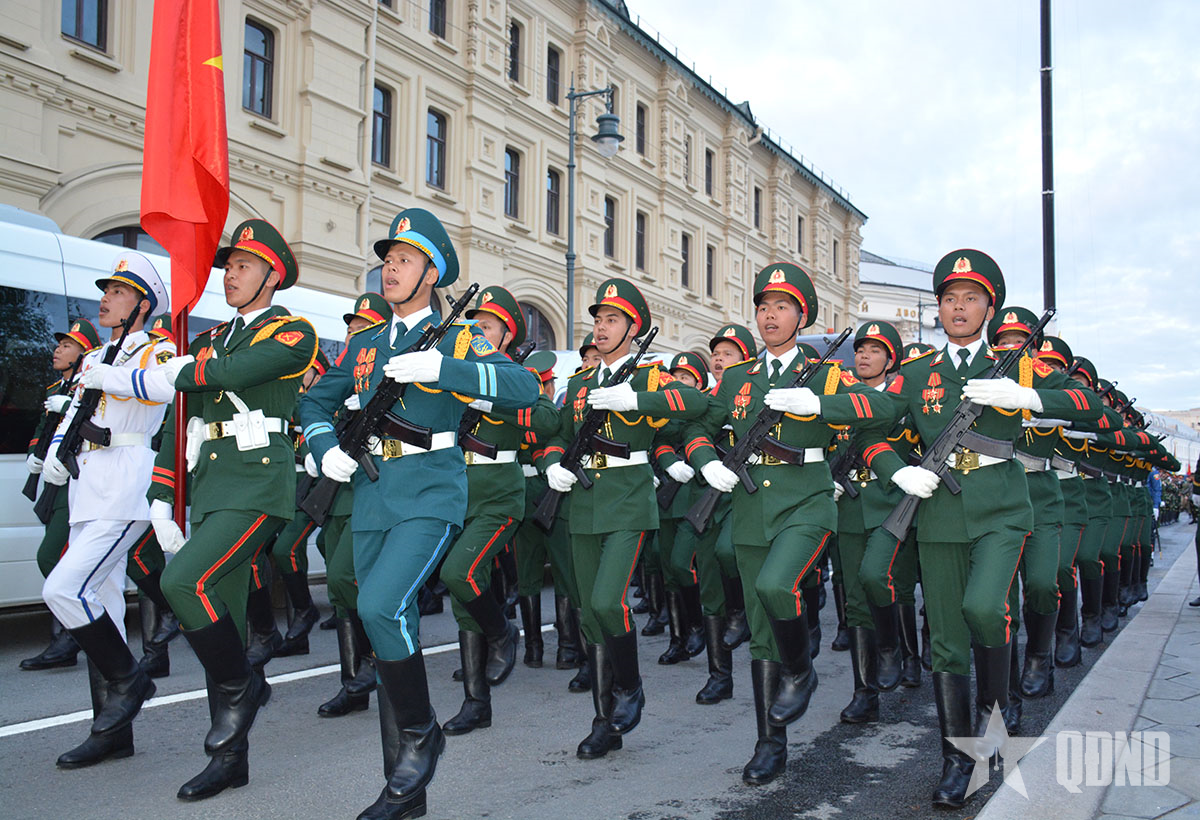

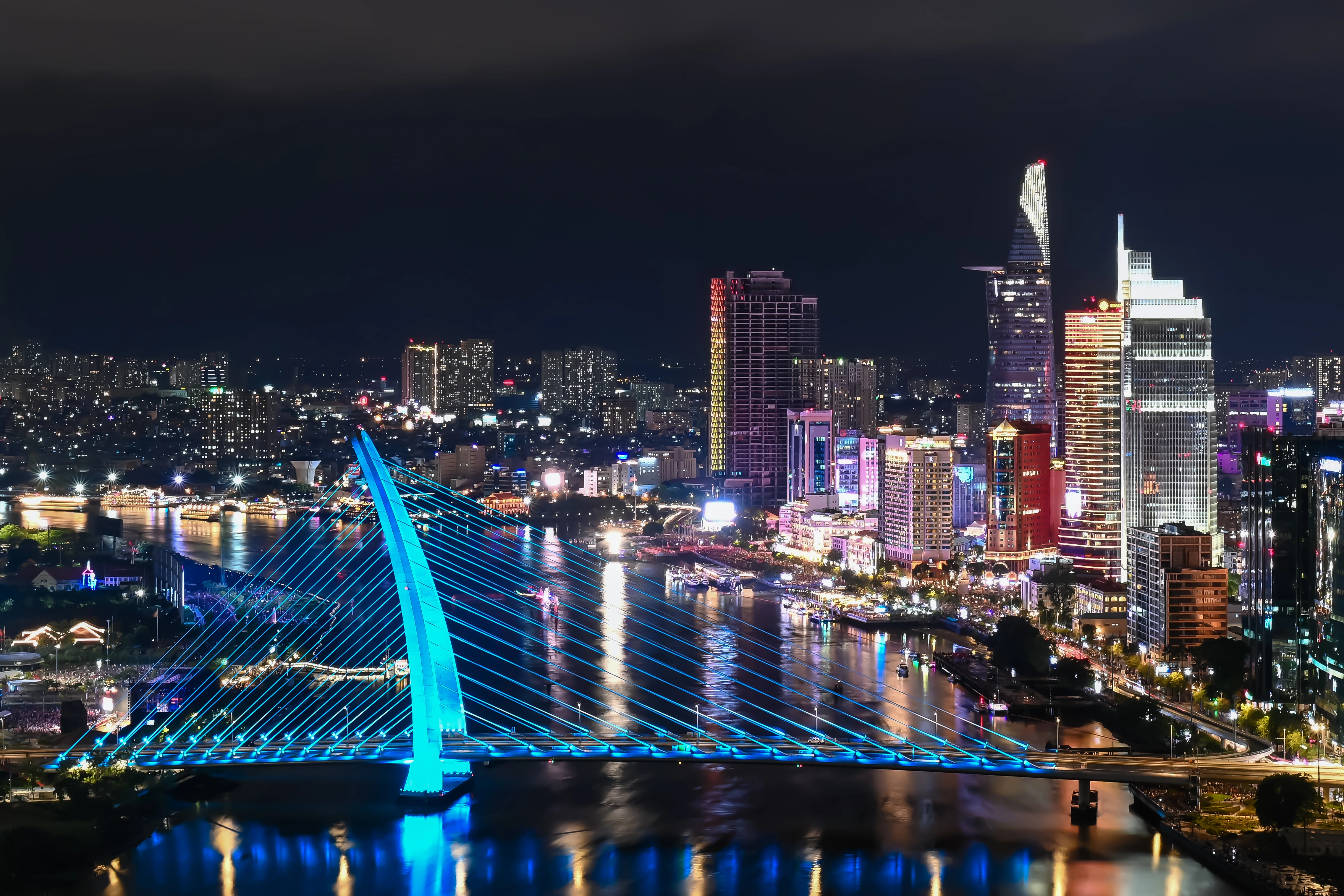
![[Photo] General Secretary To Lam receives Sri Lankan President Anura Kumara Dissanayaka](https://vstatic.vietnam.vn/vietnam/resource/IMAGE/2025/5/4/75feee4ea0c14825819a8b7ad25518d8)
![[Photo] Vietnam shines at Paris International Fair 2025 with cultural and culinary colors](https://vstatic.vietnam.vn/vietnam/resource/IMAGE/2025/5/4/74b16c2a197a42eb97597414009d4eb8)
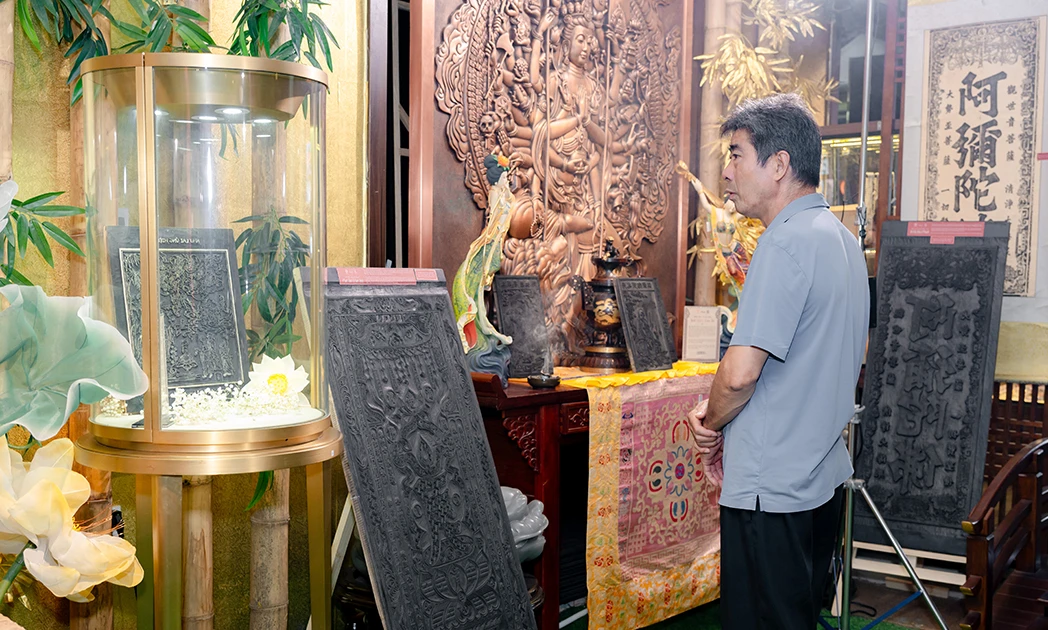
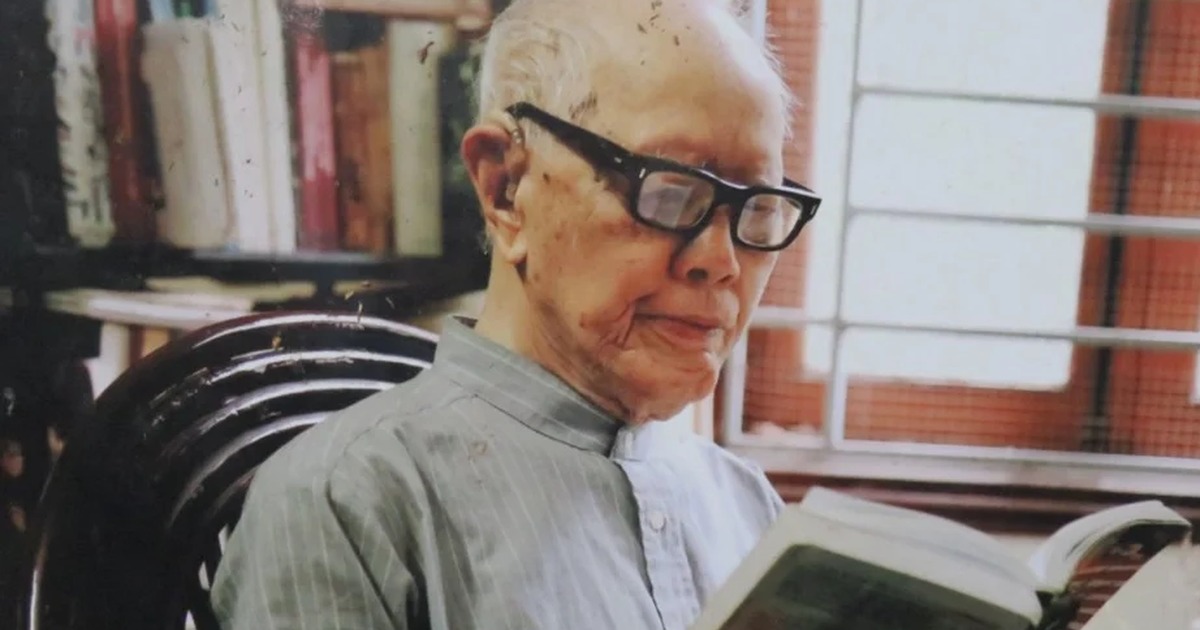
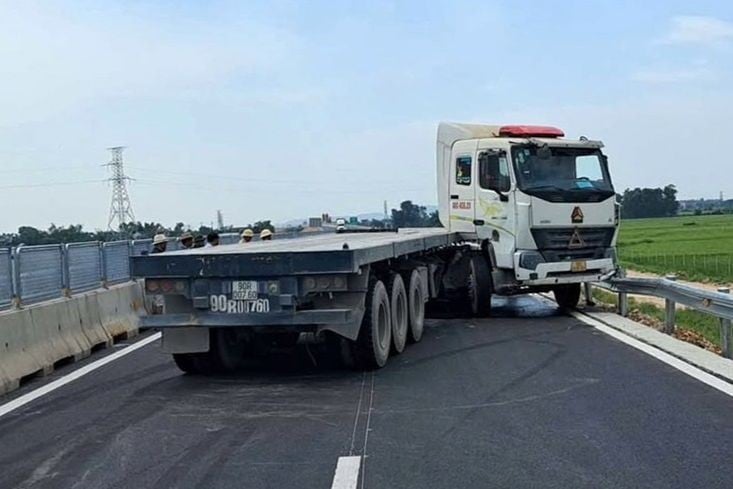





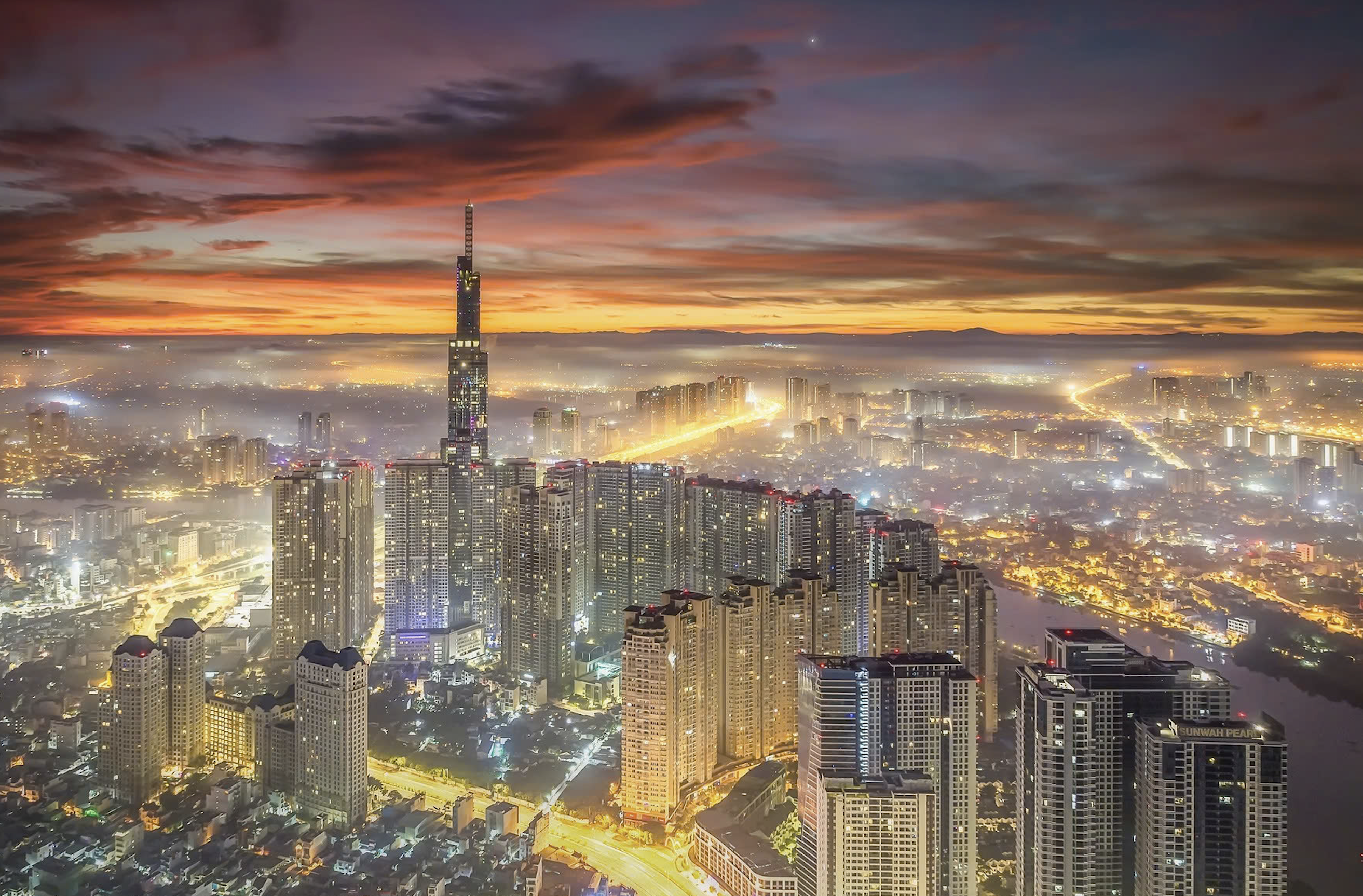


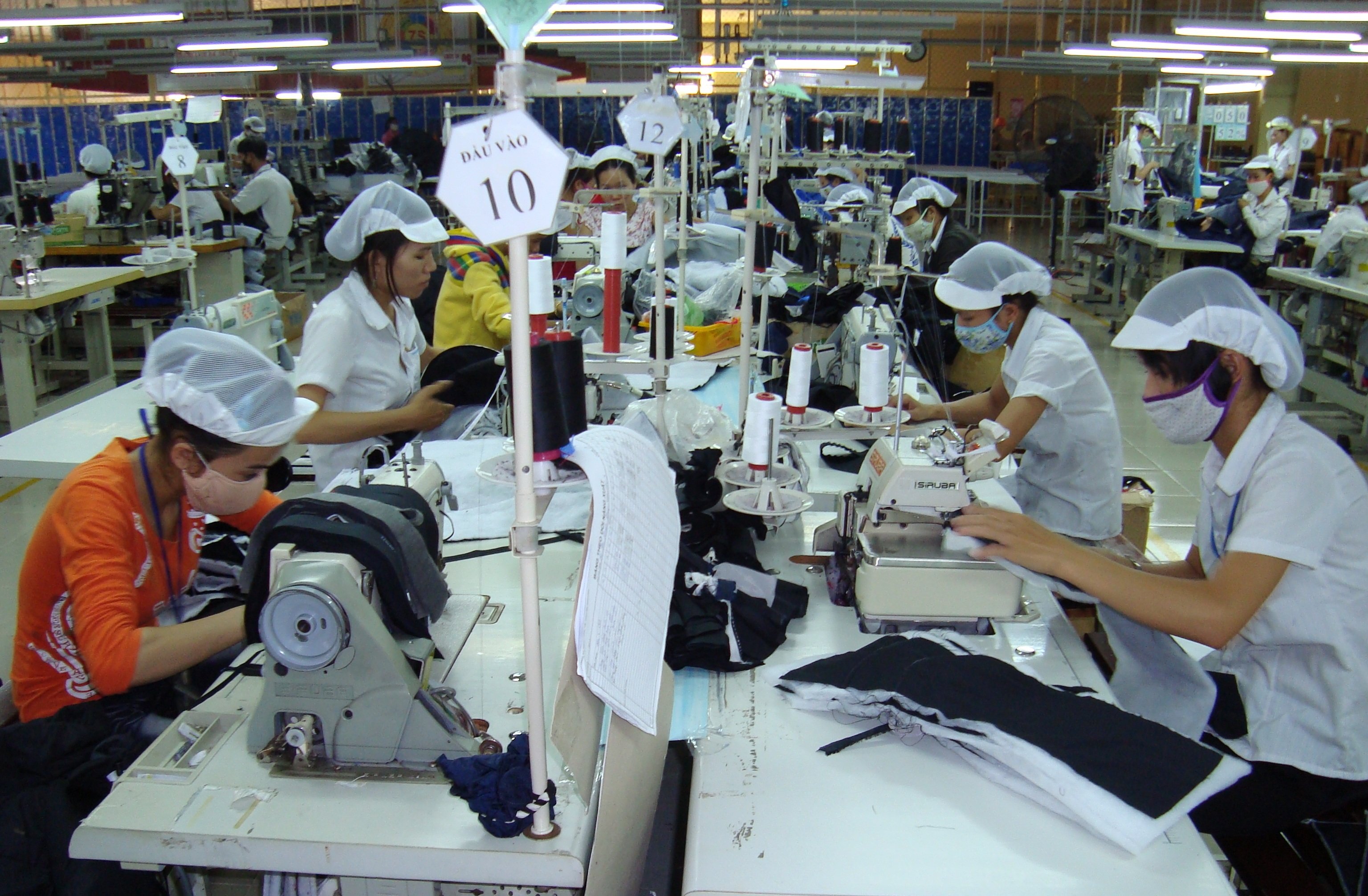




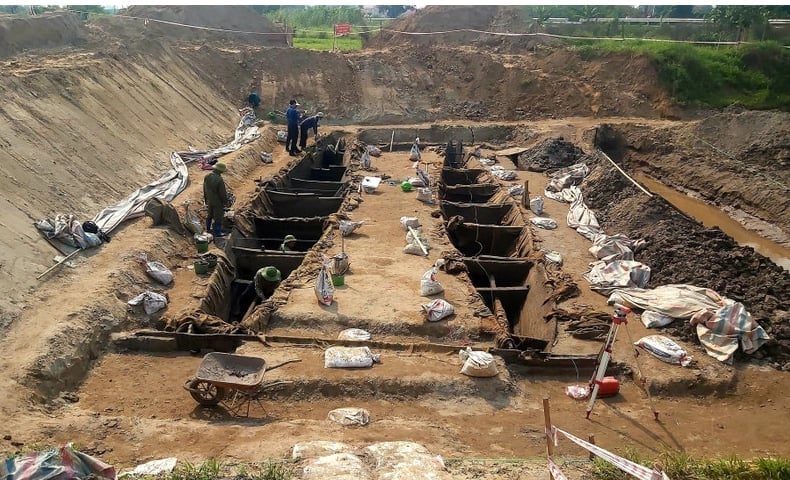





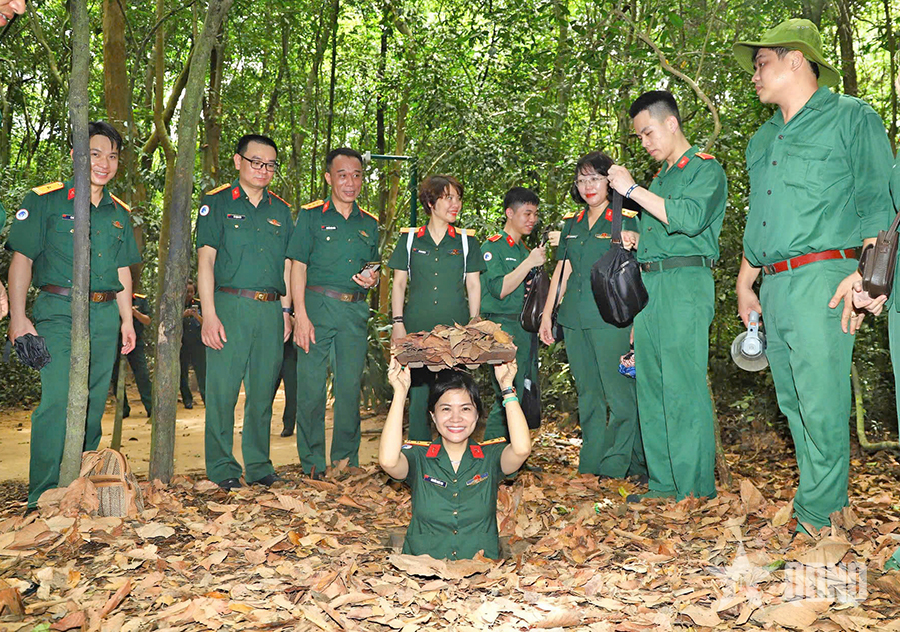

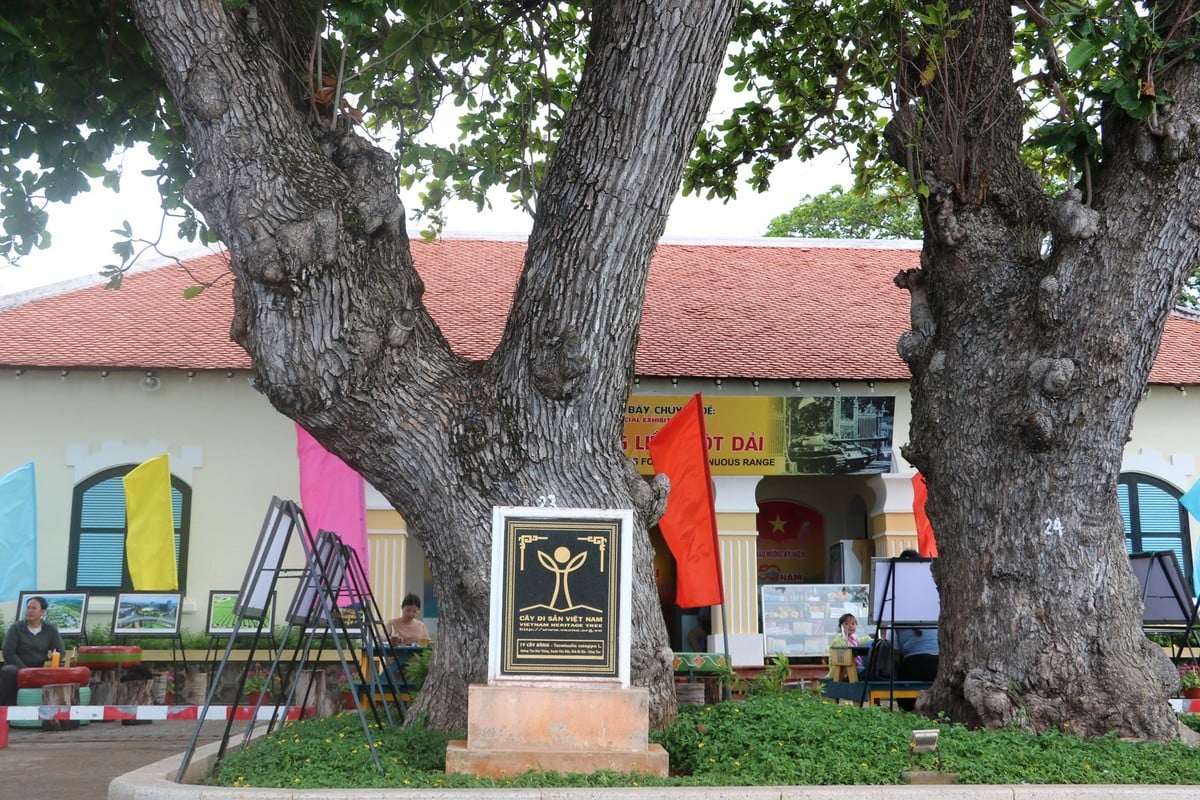

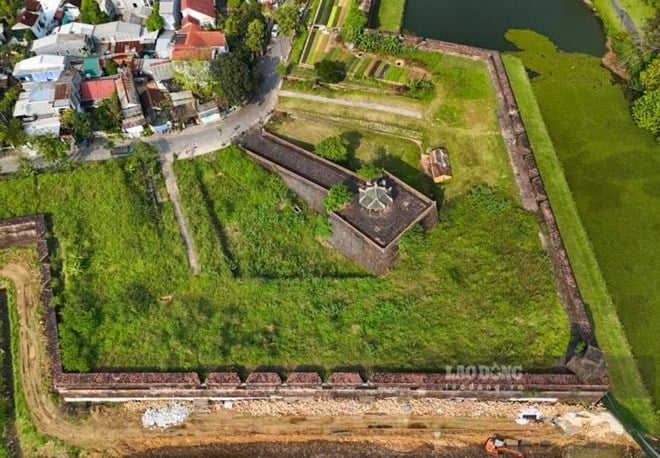




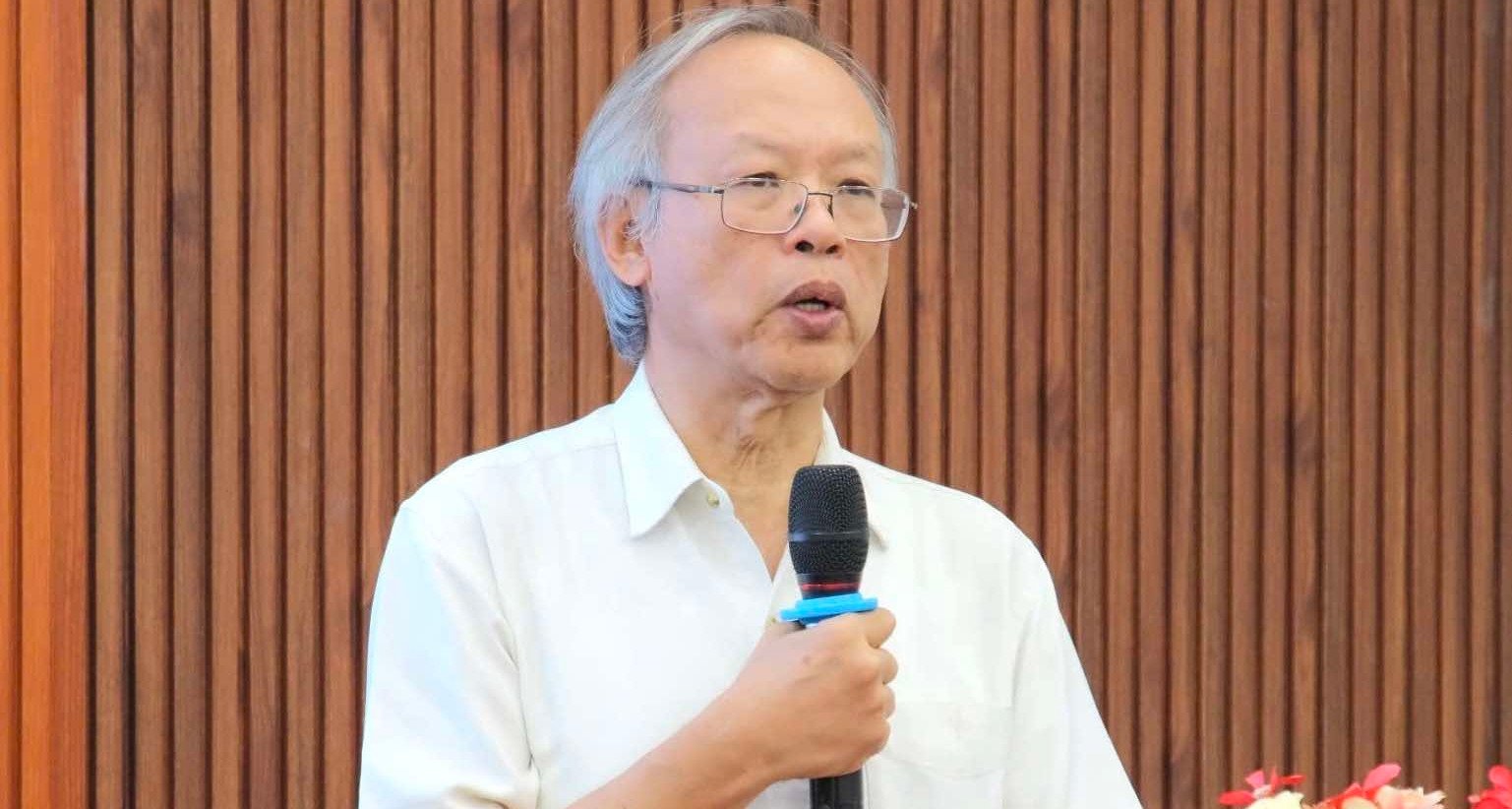


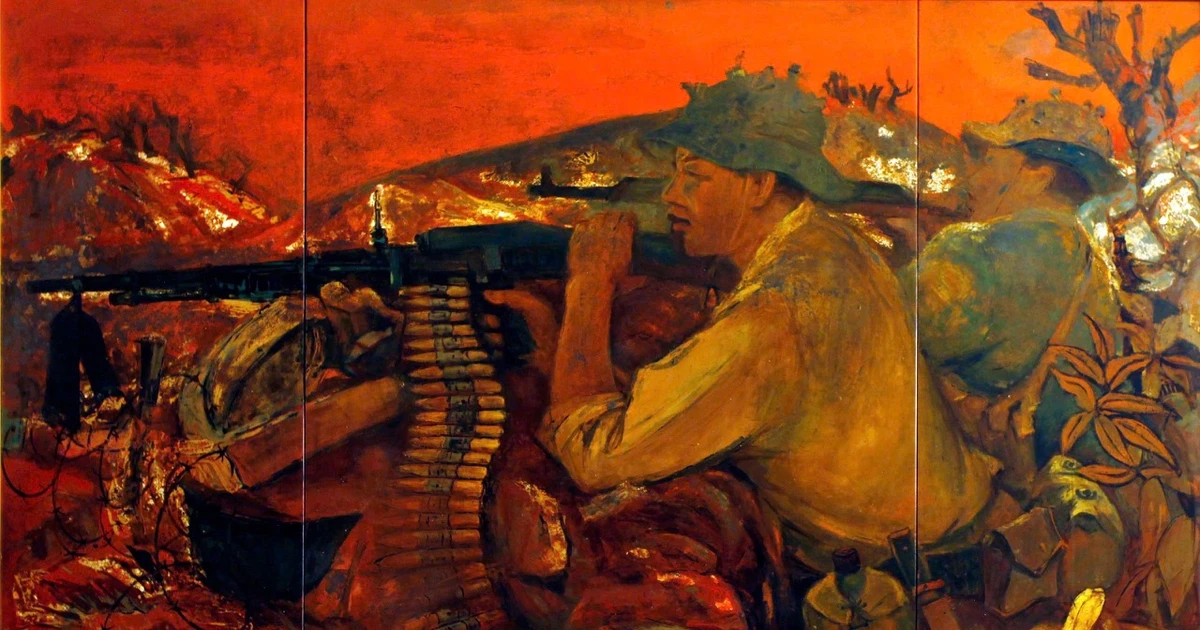



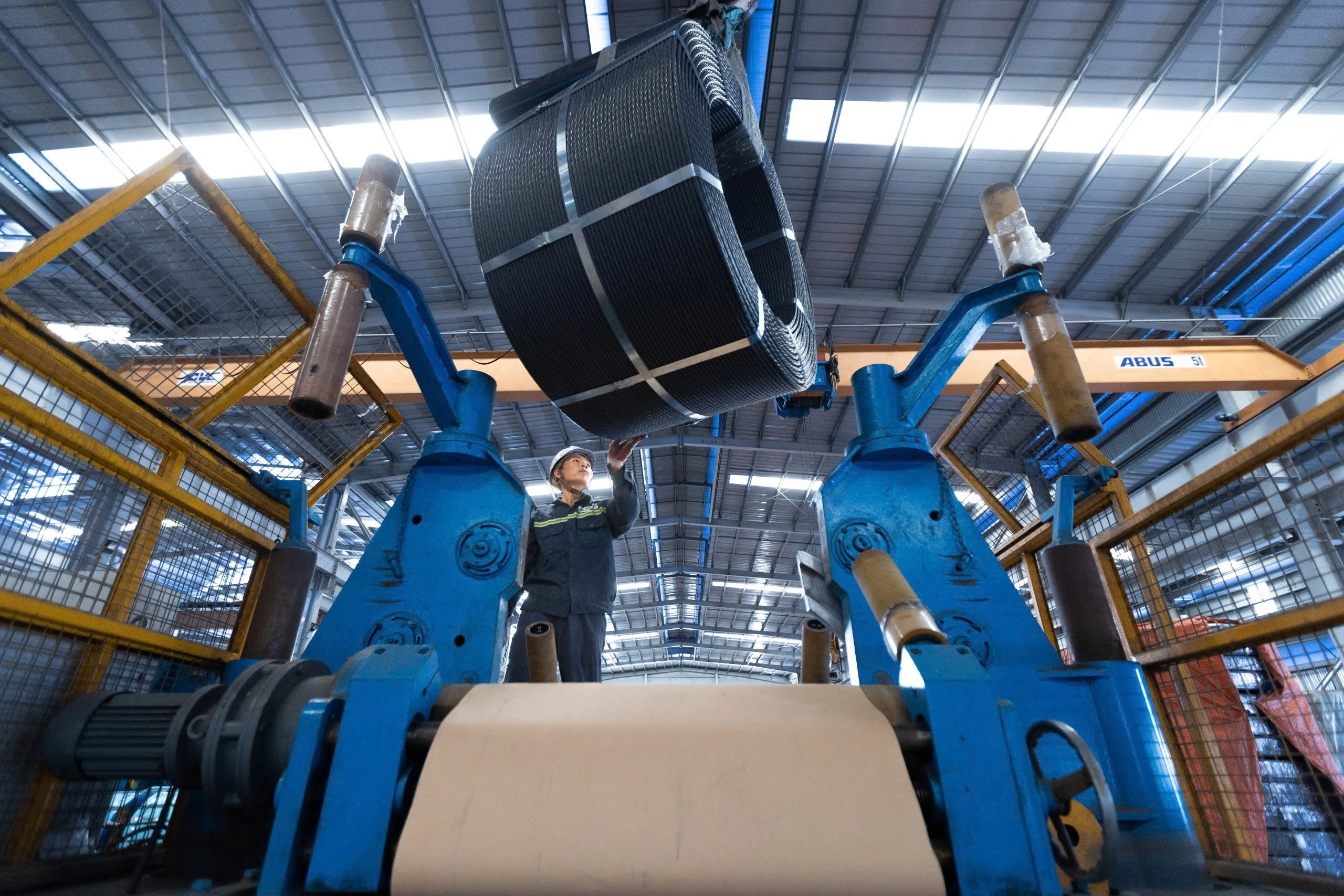

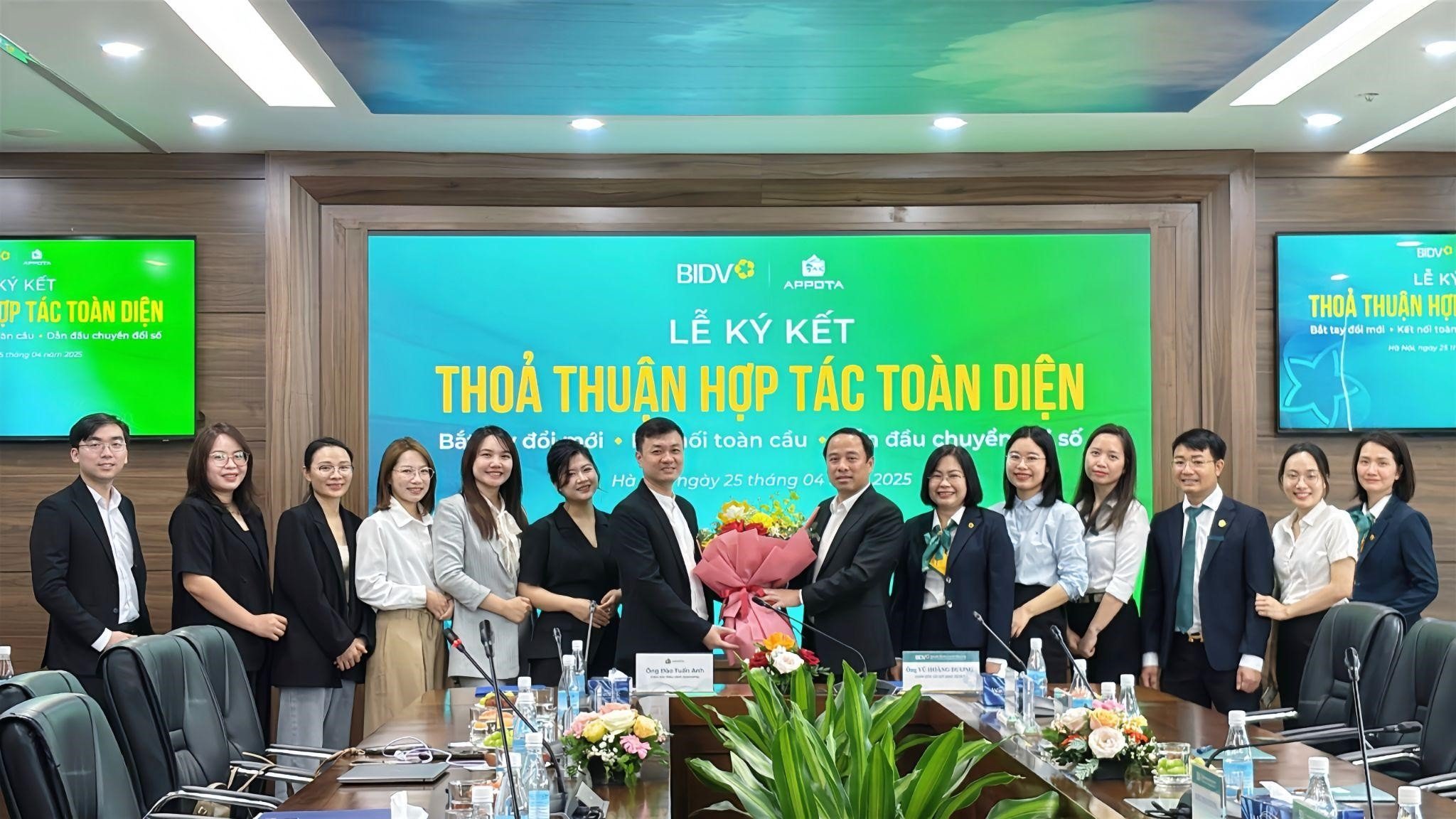

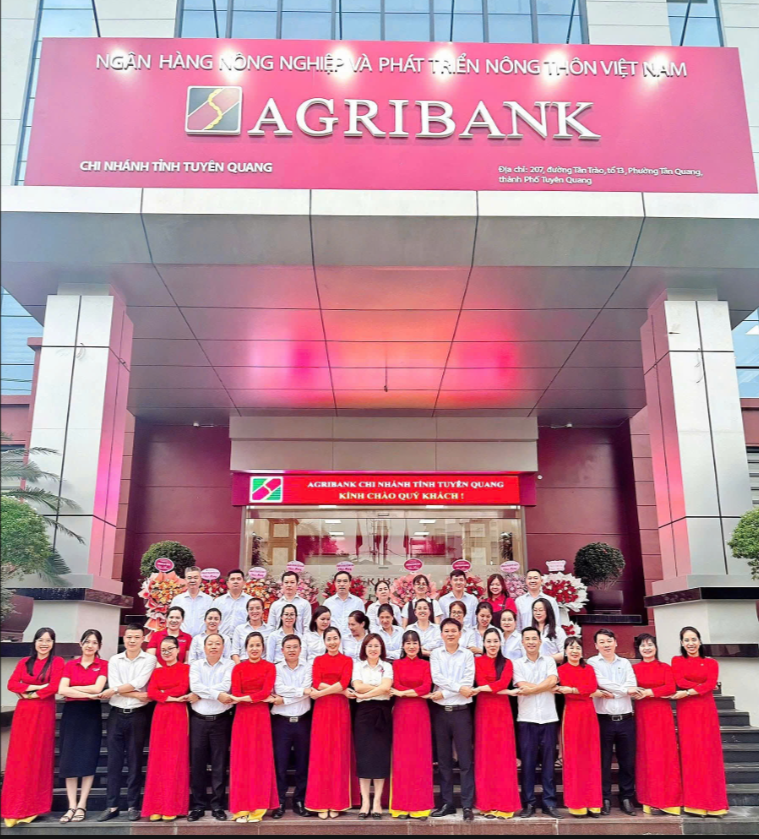







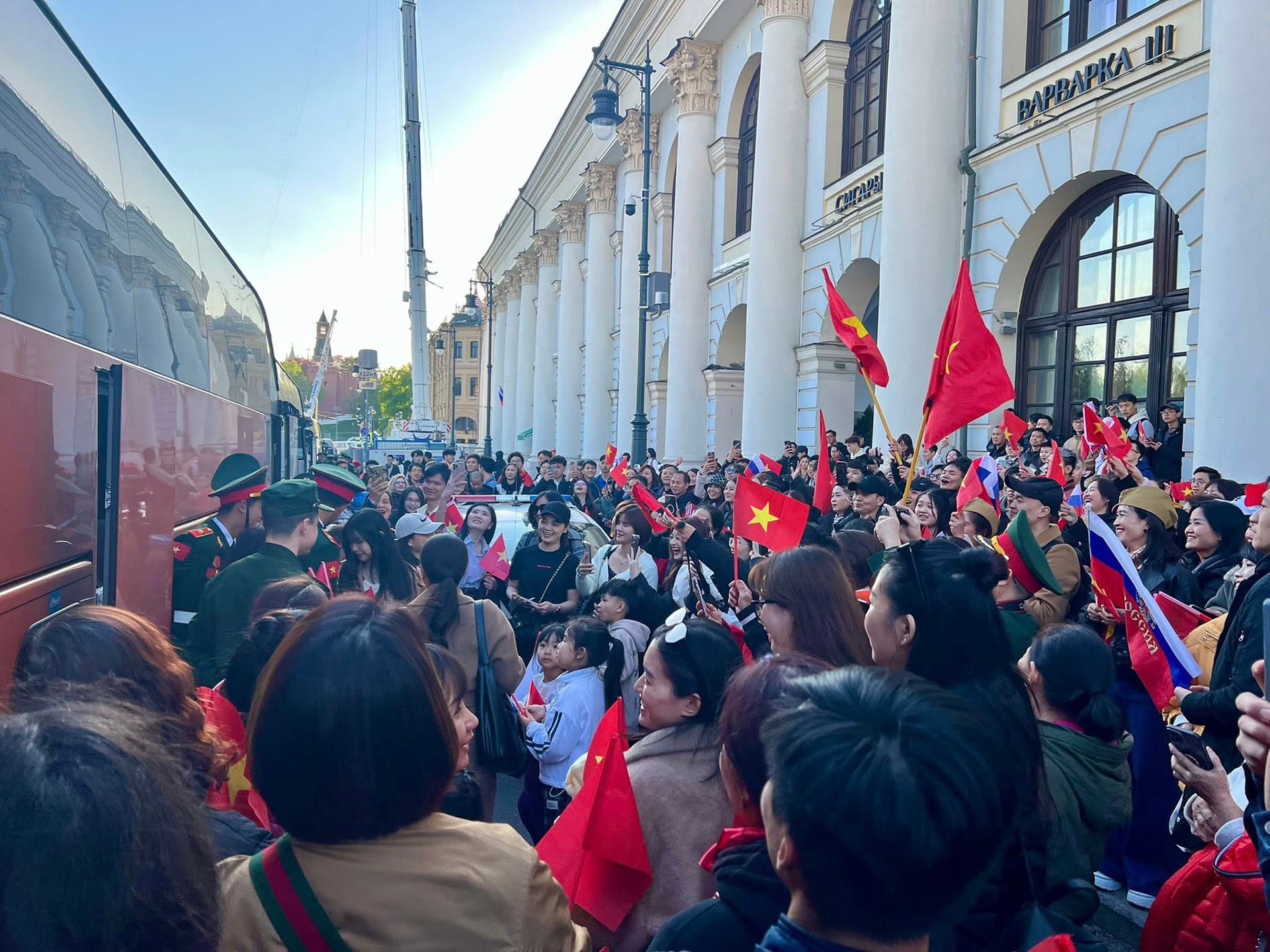









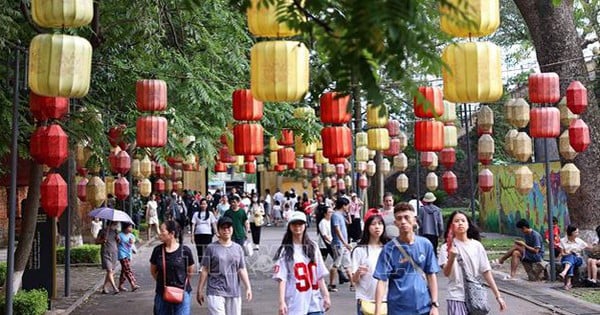











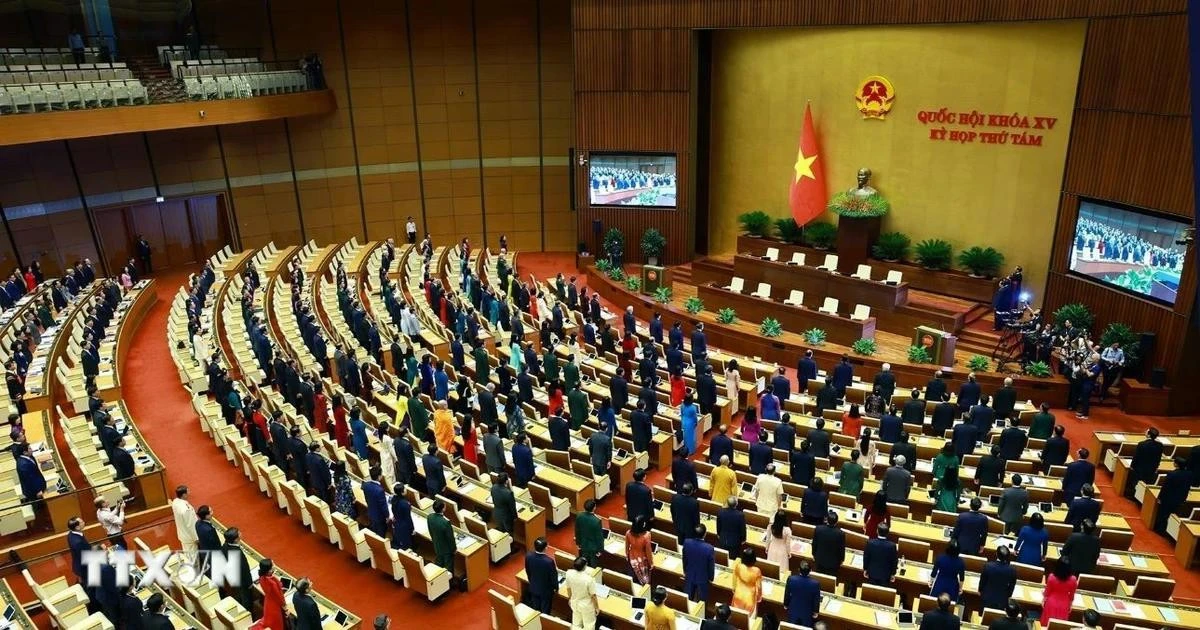

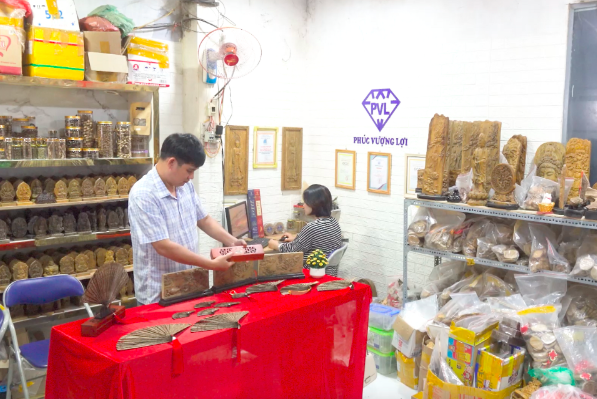

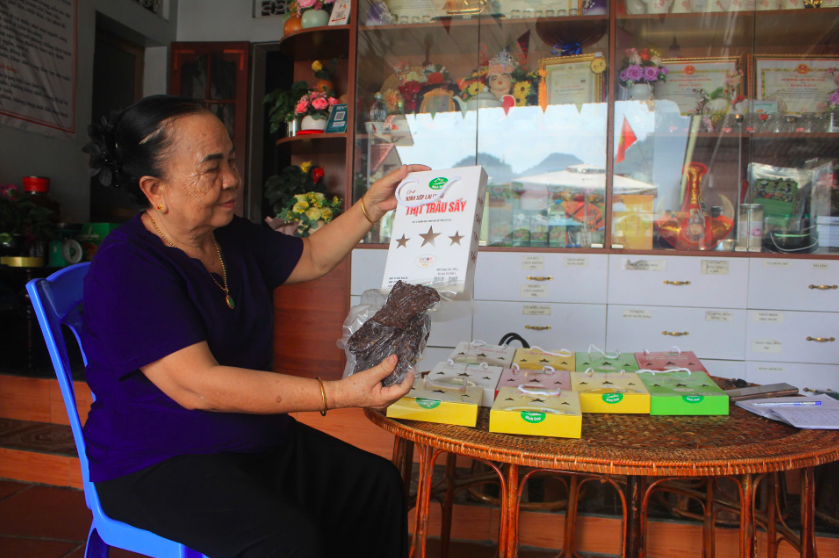

![[Video]. Building OCOP products based on local strengths](https://vstatic.vietnam.vn/vietnam/resource/IMAGE/2025/5/3/61677e8b3a364110b271e7b15ed91b3f)



Comment (0)